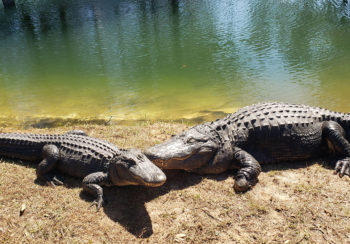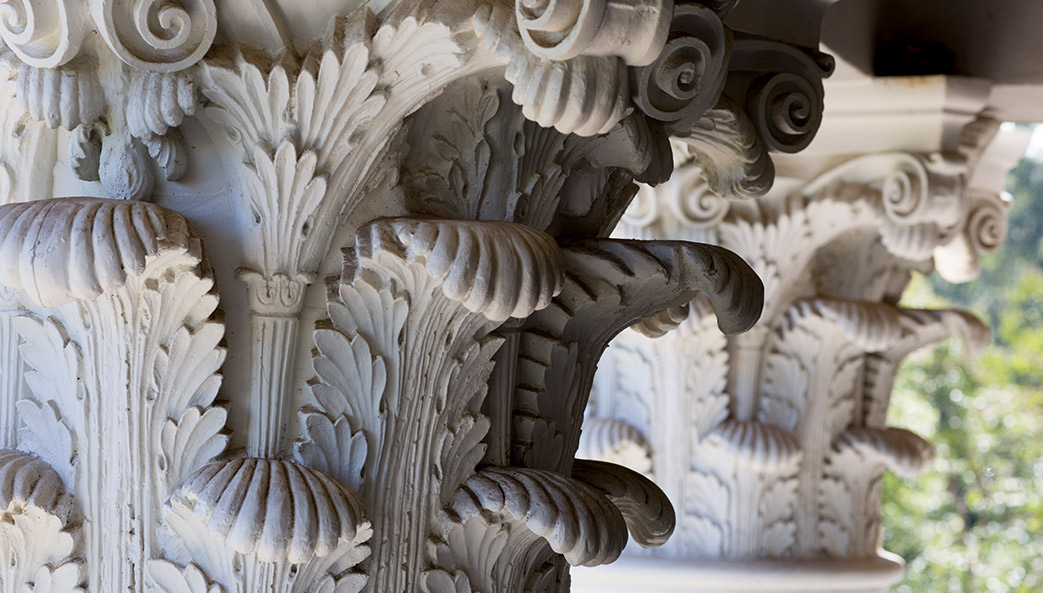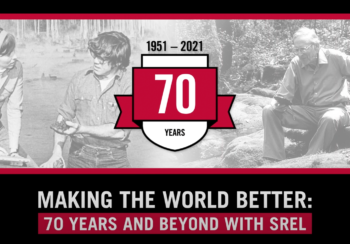In early September, researchers at the University of Georgia’s Savannah River Ecology Laboratory welcomed two newborn alligators to their reptile family.
Animal caretaker Amanda Hurst got an extra-special experience as one hatched in her hand. “I don’t care how gross it is, I love her!” Hurst exclaimed.
The “gross,” snot-like substance on the newborn gator is the remnants of a yolk sac, which the babies use to soak up nutrients while in the egg and for several weeks after hatching. According to Hurst, it can take about a week for their stomach lining to close and their scales to grow over it.
This baby gator is the offspring of Kiawah and Stumpy, the SREL’s resident alligator pair since the early 1980s. With adult and juvenile alligators on-site, researchers are able to closely investigate behaviors that can be difficult to study in the wild, like how nest temperatures and contaminants can affect the sex and outcome of alligator eggs.
Their initial assessment of this nest showed that about half the 40 eggs may have been viable, but ultimately, only two baby gators hatched. Still, it was Kiawah and Stumpy’s first fruitful nest in several years, a great success for both the alligators and their SREL caretakers.
Hurst’s advice if you encounter a gator nest in the wild? “Probably not to hold an alligator egg in your hand,” she said.
Leave that to the pros at the SREL!





